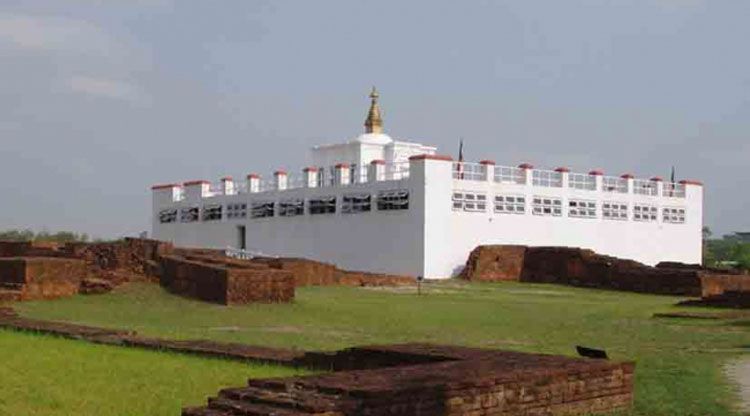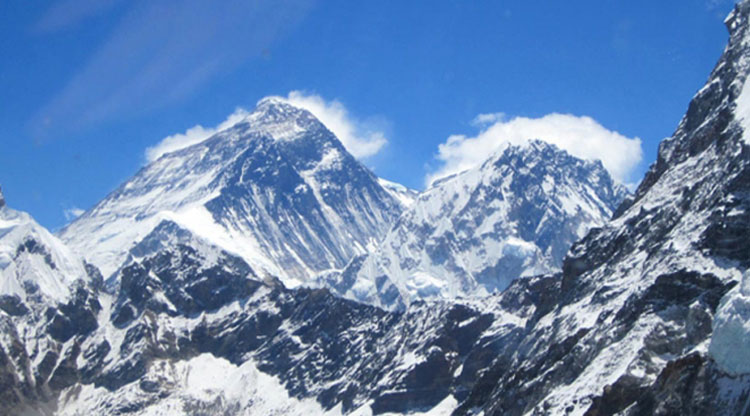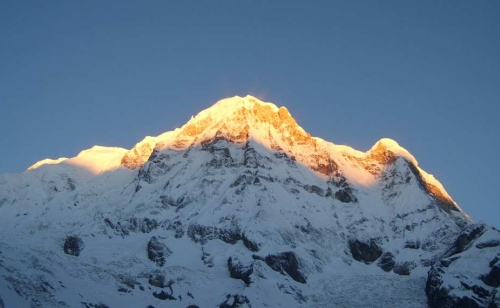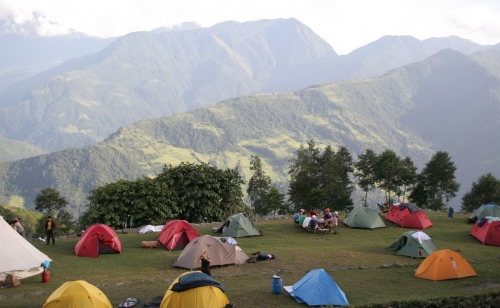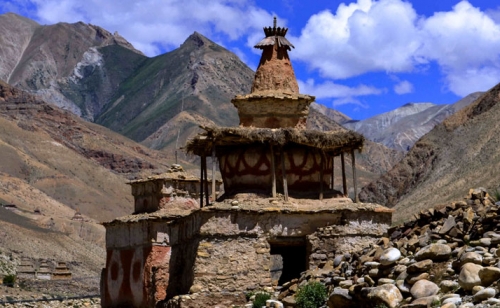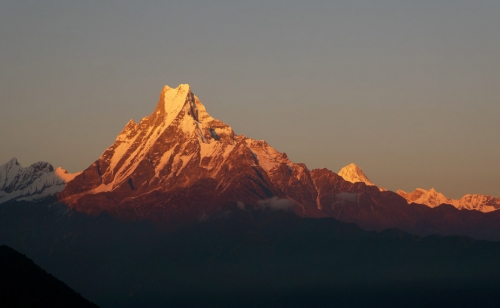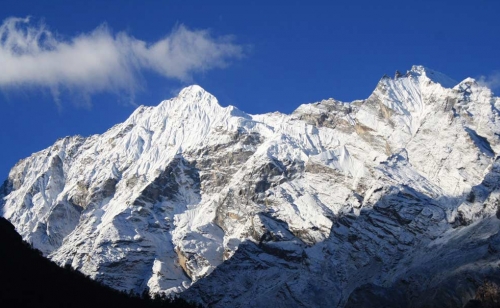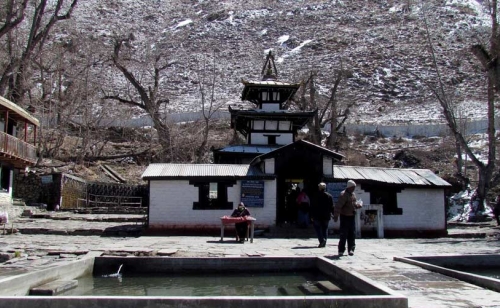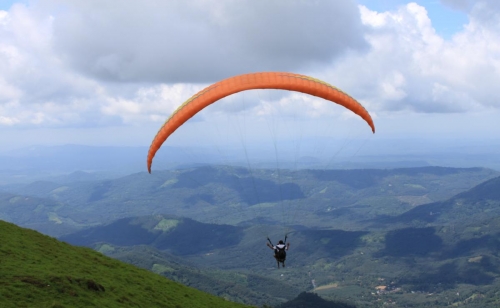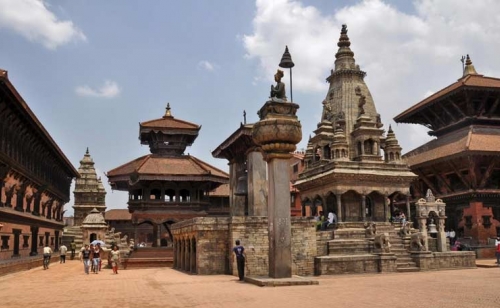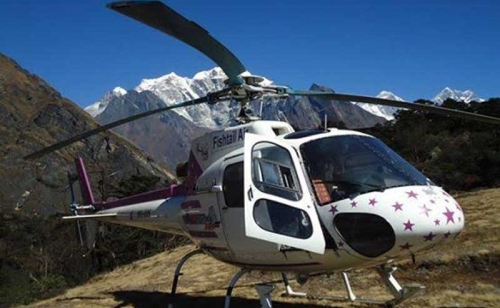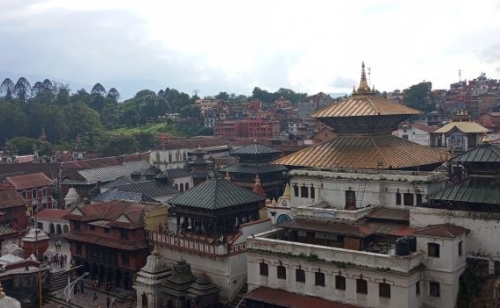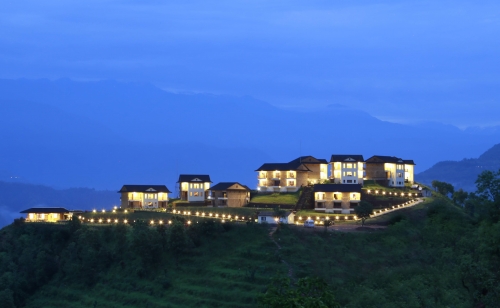Nepal
Nepal is one of the developing countries standing between India in the East, west, and south and China in the North. This landlocked country is located with a latitude between 26022 north and 300 north and longitudes between 8004 east and 88012 east.
Language:
Nepal is a multilingual country where hundreds of social dialects are spoken and educated people speak and understand English as well. Nepali is the national language.
Climate:
Nepal has a hot and hurried, moderate and extreme cold climate according to its topography from south to North elevation. It has four seasons: Winter (December- February), Spring (march-may) Summer (June-August), and Autumn (September- November). Nepal can be visited in all years.
People and religion:
Nepal is a multi-racial country where many castes of people are living. They one mainly divided into two groups: The Indo-Aryans and the Mangoloids (the Kirats). Though, most of the people are Hindus and Buddhists, Nepal Government has declared Nepal as a secular state. The Hindu Temples and Buddhist shrines are found all over the Kingdom. Nepal is the birthplace of the Herald of Peace, Lord Gautam Buddha. Due to religious harmony, Hindus Buddhists, Muslims, and Christians live together blissfully.
Currency and Foreign Exchange:
Nepali Rupee notes are in Rs. 1, 2, 5, 10, 20, 25, 50, 100, 500, and 1000 denominations, and coins in 1, 2, and 5 denominations. Visitors can exchange this currency in the airport on arrival or in banks and authorized money exchanges in hotels and other places. Except for Indian nationals, other visitors have to make the payment in foreign currency in the hotel and the receipts of such transactions are to be obtained and retained.
History of Nepal:
Nepal is one of the youngest republic nations being ruled under a President after the cut-off power of the King. After the unification of Nepal by Prithivi Narayan Shah in 1768 and during Shah Dynasty rule sepoy leader Junga Bahadur Rana came to power starting a hereditary Prime Mini starship leading to 104 years long Rana regime. The Ranas saved them from a sepoy rebellion by maintaining relations with the British during both world wars too. Nepal and the United Kingdom formally made an agreement of friendship, in which Nepals independence was recognized by the UK.
The Pro-Democracy Movement of the political parties ended Ranas Hegemony in 1951 however; in 1950 King Mahendra seized absolute power and started a party-less Panchayat system. In 1990 Peoples Movement brought in constitutional reforms and established a multi-party System (parliament). In 1996, the communist party of Nepal (Maoist) started vouching for a peoples socialist republic. The following armed conflict left more than 12,000 dead over a decade. The fate of Monarchy underwent a serious incident on June 1, 2001, when a Royal massacre occurred killing the reigning King including 17 Royal family members. Then, King Birendras brother Gyanendra Shah inherited the throne. On February 1, 2005, King Gyandra dismissed the government and took full executive power. A broad alliance against the royal takeover called the seven party Alliance (SPA), came up after the Maoists declared a three-month unilateral cease-fire in September 2005, In December SPA and the Maoists signed 12 point agreement and SPA called for a 4-day nationwide general strike with the overwhelming support of the general public evolved into April Movement. On April 21, King Gyanendra made a compromising call on SPA to nominate a new prime Minister. The parties put forward three of demands the next day -reinstitution of the old parliament, formalities of an all-party government, and election to a constituent Assembly.
An Interim Parliament was formed on January 15, 2007, after the SPA signed a comprehensive peace Agreement with the CPN Maoists. In April, Girija Prasad Koirala was nominated as the prime minister through the political census. Nepal was declared a Federal Republic under a 23-point agreement signed by SPA and the moist on December 23, 2007. In April, 2008 constituent Assembly election was held and a moist led coalition government was formed. The First president of Nepal, Dr. Ram Baran Yadav was sworn in on 23 July 2008 where as Puspa Kamal Dahal (Prachanda) became the first Prime Minister of the Federal Democratic Republic of Nepal. The bill of December 2007 came into force on May 28, 2008, as the constituent Assembly meeting overwhelmingly voted for it. In May, Madhav Kumar Nepal succeeded Prachanda as Prime Minister. Recently, Jhalanath Khanal has been heading the government as prime minister of the CPN and UCPN Moist coalition government.
-
Nepal Trekking
31 Package(s)Nepal trekking comprises the widespread surprising of the strangest ecological, economic, religious ethnic, cultural, and…...
-
Camping Trekking
7 Package(s)Camping offers adventure, research, and exploration. You will deserve excellent views of forests, experience local…...
-
Restricted Area Trekking
4 Package(s)There are two types of trekking areas in Nepal. One is fully opened and the…...
-
Newly Opened Trekking Route
3 Package(s)Nepal has opened some new trekking routes for trekkers all over the world. These new…...
-
Off-the-beaten Path Trekking
3 Package(s)Off –the-Beaten Path Trek offers you a trekking experience into a region that is unspoilt…...
-
Pilgrimages Trekking & Tour
4 Package(s)Pilgrimage Trekking and Tours involve traveling to religious sites for pilgrimage. Visiting temples, stupas, chortens,…...
-
Nepal Day Tours
13 Package(s)Nepal is a small country in South Asia situated between India and China. Though it…...
-
Golf in Nepal
4 Package(s)Nepal Golf !! Known to the rest of the world for its natural and cultural…...
-
Ticketing Services
0 Package(s)We are an authorized agent for national and international airlines companies flying to and from…...
-
Game Hunting
0 Package(s)Nepal is also one of few places on earth where hunting is allowed legally. Throughout…...
-
Hotel Reservation
0 Package(s)Nepal is home to many luxurious hotels. The major cities of Kathmandu, Chitwan, and Pokhara…...
-
Heli Tour in Nepal
0 Package(s)Helicopter Tours are luxury tours that will allow you to cherish Nepal from the comfort…...
-
Nepal Spiritual Tours
4 Package(s)Nepal Spiritual Tour: A Sacred Expedition for Inner Harmony Introduction: Experience the profound spiritual richness…...
-
MICE tour in Nepal
0 Package(s)Nepal MICE tourism Nepal is fast gaining popularity as a go-to destination for MICE (…...
Why Choose Us?
Nepal –Tibet Trekking (P) is a leading trekking and adventure outfitter in the Himalayas. We have highly qualified and professional team members, who are dedicated to customer service and satisfaction. We provide personalized tours and…
Read MoreClient Reviews

I trekked in Nepal a few times and it was simply awesome. I had my trek customized as I am…
Hun Poppy, Singapore
View All